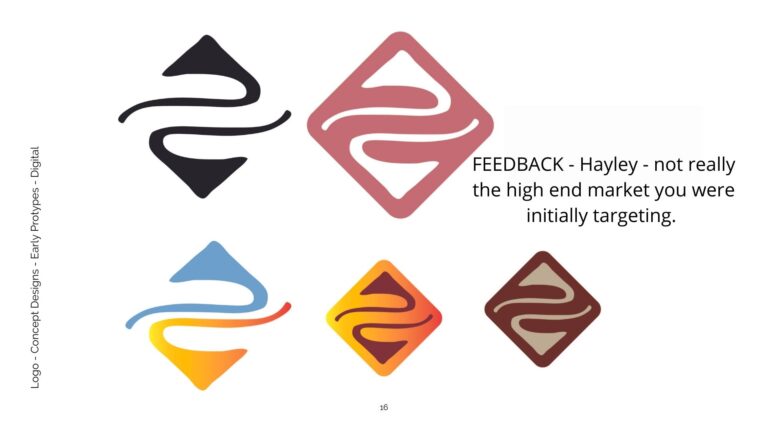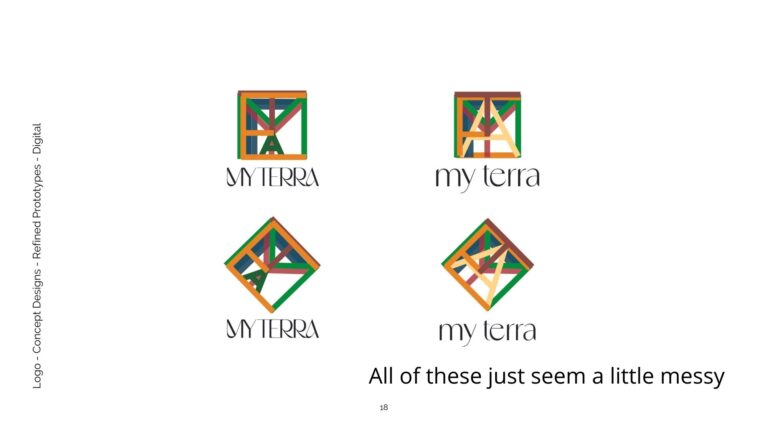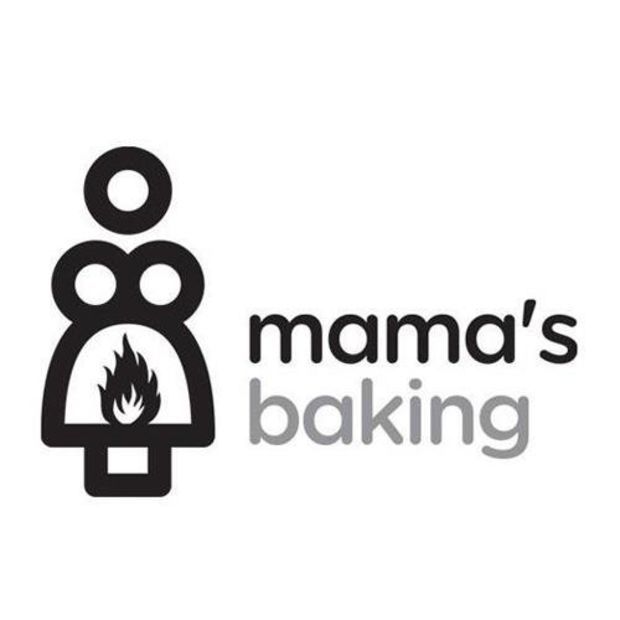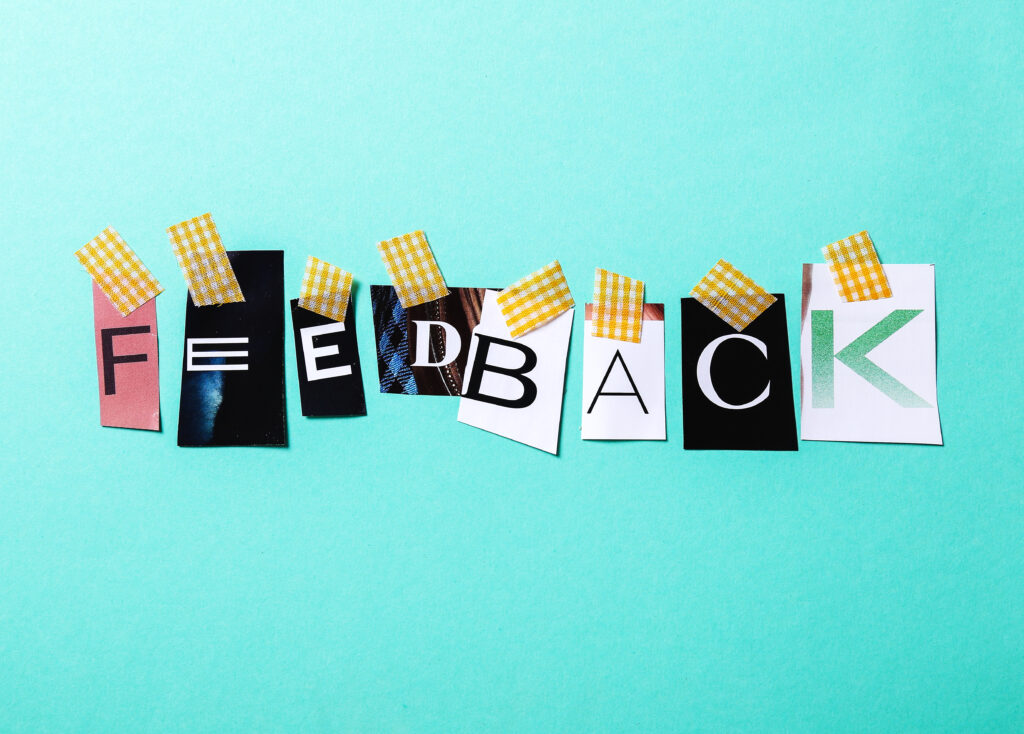In the world of small business, establishing a strong brand identity is paramount. A fundamental aspect of this process is the creation of a captivating logo that effectively communicates the essence and values of the business. However, designing and branding a logo is not a solo endeavour. The importance of networking and seeking feedback from peers and colleagues cannot be overstated in this creative journey and in fact in all aspects of designing and branding.
1. Diverse Perspectives Enhance Creativity
When designing a logo for a small business, it’s crucial to gather diverse perspectives. Networking provides an avenue to connect with individuals from various backgrounds and industries. Their unique viewpoints and experiences can inspire fresh and innovative ideas that may not have been conceived in isolation. By engaging with a diverse network, you expose yourself to new trends, design principles, and creative approaches that can significantly enrich your logo design.
2. Constructive Criticism Drives Improvement
Receiving feedback from peers and colleagues is a vital part of the creative process. Constructive criticism can highlight potential blind spots, errors, or areas for improvement that you may have overlooked. It allows you to refine your logo design, ensuring it aligns perfectly with the brand’s message and target audience. Constructive feedback can also challenge you to think critically and make necessary adjustments, resulting in a more effective and appealing logo.


3. Validation and Assurance of Quality
Networking with professionals in your field allows you to showcase your logo design concepts and ideas. Their validation and positive feedback can serve as an assurance of the quality and effectiveness of your work. This validation is crucial, especially for small business owners, as it boosts confidence in the chosen logo and branding strategy. When “My Terra” received positive validation from peers and mentors, it reinforced my belief in the brand and fueled my determination to create a lasting impact in the sustainability space.
4. Testing Waters and Market Reception
Peers and colleagues can offer insights into how the market may perceive your logo design. Their collective experience and knowledge can help you understand potential market reactions, identify possible improvements, or suggest adjustments to align the design with the target audience. This testing of the waters can save time and resources by ensuring that your logo is well-received by your intended market. A second and even third set of eyes may see something that you did not. This is a funny article worth reading about designs gone wrong. Images – from designs gone wrong.


5. Building Strong Relationships for Future Collaborations
Networking and seeking feedback from peers and colleagues create opportunities for future collaborations and partnerships. Establishing strong relationships within your industry can lead to mutually beneficial projects and ventures. Collaborating with others can enhance your skills, expand your creativity, and allow you to contribute to exciting projects that align with your passions and expertise. Through “My Terra,” I forged lasting connections with my peers, teachers and other designers that have not only enhanced the “My Terra” brand but also opened doors for future joint ventures and partnerships.
In conclusion, networking and seeking feedback from peers and colleagues are crucial steps in the logo design and branding process for any business. The diverse perspectives and constructive criticism gained through networking can significantly enhance creativity, drive improvement, validate your work, test market reception, and build relationships for future collaborations. I am thankful for my fellow students, tutors, teachers and fellow designers as I don’t believe that my designs would be what they are without their input.
PROFESSIONAL EXPERIENCE
In my professional experience, I have come to realise that the value of feedback from various sources cannot be overstated. Throughout my journey in branidng “My Terra”, I have found feedback from other students, lecturers, friends, and fellow designers to be an invaluable asset.
It’s often said that you can’t see the forest for the trees, and this rings especially true in the creative process. As a designer, I’ve discovered that I can only look at a project for so long before I start to lose the ability to provide constructive self-assessment. This is where the wisdom and insights of others come into play.
Other students, with their fresh and diverse perspectives, have offered innovative ideas and pushed the boundaries of what I thought was possible. Their feedback has consistently injected new life into my project and inspired me to think outside the box.
My lecturers, with his wealth of experience and knowledge, has acted as a guiding light throughout this creative journey. His constructive criticism has been instrumental in highlighting areas of improvement and ensuring that my work aligns perfectly with the industry’s standards and best practices.
Friends and fellow designers, in their informal yet honest conversations, have provided that critical gut-check I needed.
As a designer, I’ve come to appreciate the invaluable role that this multifaceted feedback loop plays in my work. It not only refines and elevates my projects but also keeps my creativity fresh and adaptable. In a world where innovation is imperitive to suceed, I consider myself fortunate to have access to such a rich tapestry of feedback, which has been an essential part of my professional growth.
In conclusion, the collective wisdom and insights of students, lecturers, friends, and fellow designers have enriched my creative process. Their feedback has helped me create a captivating logo and a compelling brand identitie for “My Terra”, and I am committed to continuing this practice as I move forward in my professional journey. Because, as I’ve learned, the power of constructive feedback is immeasurable, and it remains an integral part of my path to success in the world of design.
